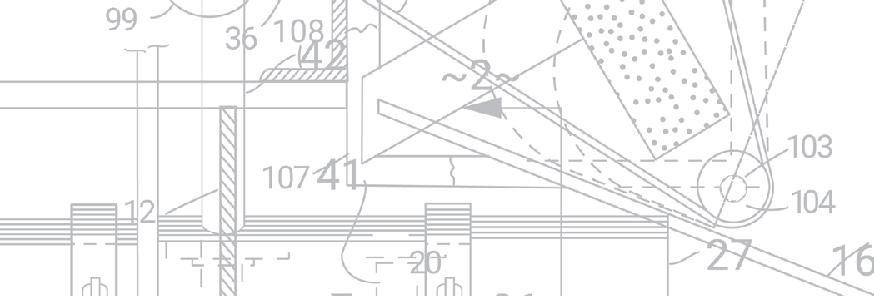
17 minute read
Robot that cleans production lines to hygienic standards
The rotary jet cleaner at the end of Mobile Cleaning Device 4.0’s extendable arm stretches to higher, hard-to-reach spots.
Production lines and hygiene zones have to be spotlessly clean, and absolute cleanliness is critical wherever food is processed. Now, Fraunhofer researchers have designed a mobile cleaning device that sanitises equipment and production spaces to standards in a reproducible way. Equipped with self-learning and autonomous motility systems, this robot automatically detects the degree of fouling and selects the appropriate cleaning procedure.
There is no room for compromises when it comes to hygiene in industrial food production. Manufacturing equipment and rooms need regular cleaning. Biofilms and other fouling deposits may not be allowed to gain purchase under any circumstances.
The success of cleaning efforts has an impact on hygiene and food safety. Although the task of cleaning plants and equipment is demanding and a determining factor of quality, much of this labour is still done manually. But despite all the vigilance of diligent cleaning crews, their work is hard to reproduce, prone to errors and time-consuming.
This has prompted a research team at the Fraunhofer Institute for Process Engineering and Packaging IVV in Dresden to develop a modular cleaning robot, two variants of which are now up and running.
One model of the robot roams the production line on a conveyor belt, cleaning equipment from the inside.
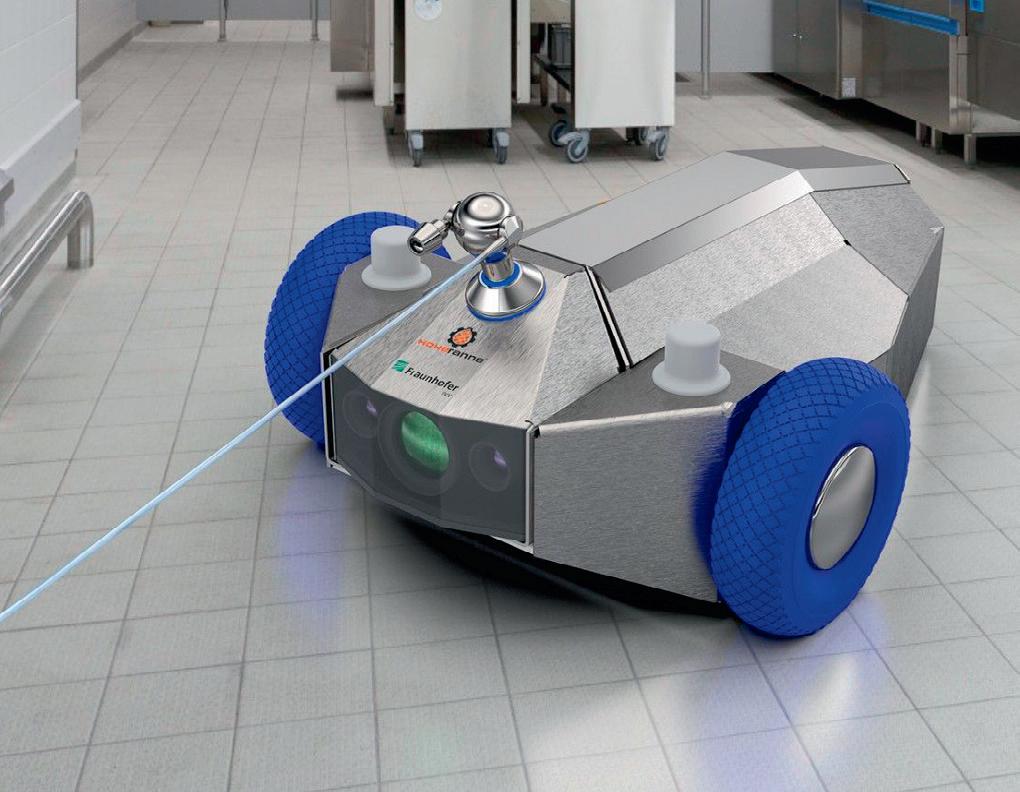
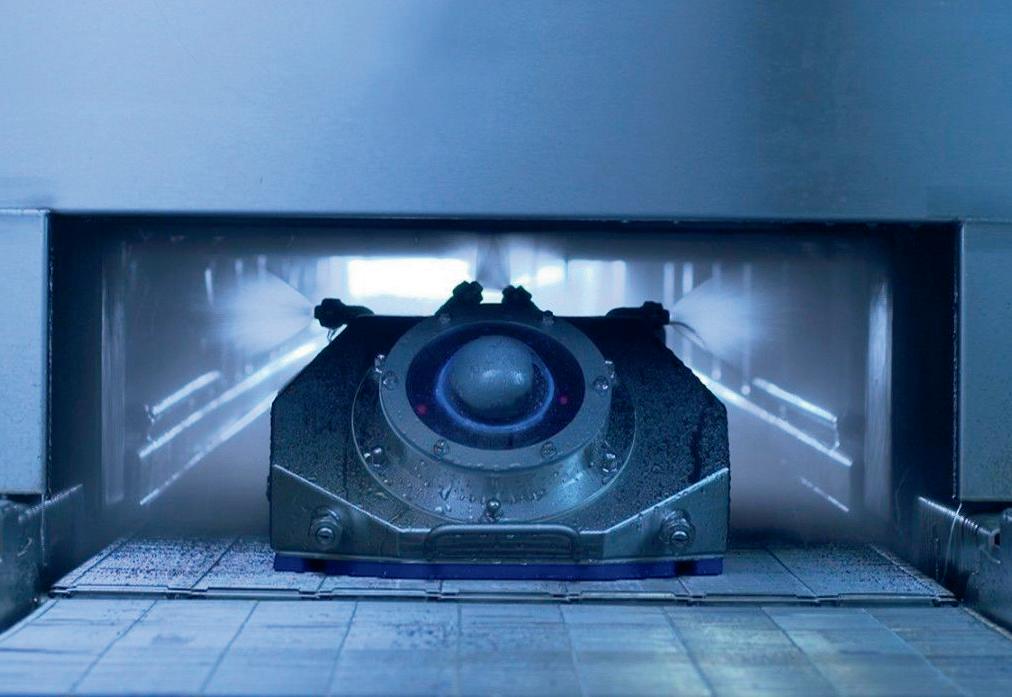
One travels down the production line on a conveyor belt, cleaning the equipment from the inside, and the other cleans the floor, ceilings and walls of rooms and machines’ outer surfaces.
Smart robot cleans indoors and out
An extendable robot arm carrying a rotary jet cleaner can stretch to reach high spots on the production line.
This mobile, modular machine with the ability to independently scoot across the shop floor goes by the name of Mobile Cleaning Device 4.0 (MCD). The Fraunhofer IVV has teamed up with the Fraunhofer IOSB-AST at Ilmenau in a research project to look into a multi-sensor system for harsh environments. It is to be installed in the MCD.
This system employs an interesting method called fluorosensing to spot contaminations. The installed sensors scan and calculate the degree of fouling for the robot to adaptively adjust cleaning parameters such as pressure and the amount of foam cleaning agent to suit the situation.
“A detector uses UV light to identify fluorescent particles such as fats, oils and proteins, and doses the foam and water according to the determined parameters, such as the layer thickness and dryness of the residue. This is to be accomplished by a self-learning AI system that selects the suitable cleaning parameters and specifies the process steps,” said Max Hesse, team leader at the Dresden branch lab for Processing Technology, explaining how this procedure works.
A simulation enables a virtual twin to render the data while this process is underway. “The virtual twin serves to map the detected fouling to a 3D model of the plant. The water pressure can then be adjusted and reduced, depending on the distance between the device and the surface — all in the interest of using resources efficiently.”
Sensors for adaptive cleaning
The battery-powered robot moves autonomously with nothing but a hose for the cleaning agent connecting to the docking station. It is controlled via Wi-Fi.
Advanced sensors paired with AI enable this adaptive cleaning. A radar sensor is able to take readings even through spray, mist and steam. An ultra-wideband sensor gauges the position in the room. A third sensor, an optical fluorosensor, detects fouling and conveys an impression of the object’s geometric properties. Experts call this visual odometry.
The system extrapolates the process parameters from the detected fouling levels and fused sensor data. It also monitors the process on the fly to make sure the cleaning is being done properly. In the next step, it sends the results of its check to the virtual twin with the self-learning capability. This way, the system improves itself with each pass to achieve excellent results while sparing resources.
“Our tests have shown that this can save up to 50% on cleaning agents because no more than the actually needed amount is applied to the surfaces,” Hesse said. “The system can be trained to clean as resource-efficiently as possible within a given period; for example, during the nightshift downtime in a factory operating in two shifts. What’s more, there is considerable efficiency potential to be tapped if the skilled workers that had been doing the cleaning can perform other tasks while MCDs handle the paralleled cleaning processes.”
The benefits do not end there: an automated routine documents the entire cleaning process and all that automation ensures the procedure is highly reproducible.
Other applications and benefits
The MCD’s application range is not limited to the food industry. This smart robot can serve other lines of business well; for example, the automotive, pharmaceutical, medical engineering, cosmetics and agricultural sectors. Diverse industries can benefit from the autonomous robot cleaners in times of crisis such as the corona pandemic.
“Our automated system really shines when staff is in short supply. Around 10% of employees in food production are tasked exclusively with cleaning,” said Hesse, an engineer by trade. This requires skilled workers who are scarce even in ordinary times.
Both robot variants are evolving as the research continues, so they will be able to execute ever more complex cleaning tasks.
Fibreglass media traps
Known as media traps, safety traps or resin traps, these devices are used in a variety of applications to monitor and prevent the loss of expensive media in the event of a filter malfunction.
Until now, they could only be made using two materials — stainless steel, which can be manufactured in any size, and PVC, with its inherent size restrictions. Now there’s a third option, which can provide large, customised media safety traps without the high cost of stainless steel fabrication.
Italian filter and nozzle manufacturer ILMAP has released a range of fibreglass media traps that can be manufactured to any size. The cost of these units fits between the cost of comparably sized stainless steel and PVC media traps.
Whatever the application, media safety traps are used to control the loss of expensive resins, carbon or other media. They are also used in ion exchange columns, pharmaceutical resin treatments, food manufacturing processes and water treatment applications.
A media safety trap allows operators to monitor for any media leakage and diagnose the problem without shutting down production and avoiding the expensive process of removing the media to check for leaks.
The ILMAP media traps can be installed in new sites or retrofitted into existing filters — all customised to size and in a choice of stainless steel, PVC and now fibreglass. They also have the option of including pressure sensors which provide an automated warning about media leakage.
Tecpro Australia
www.tecpro.com.au
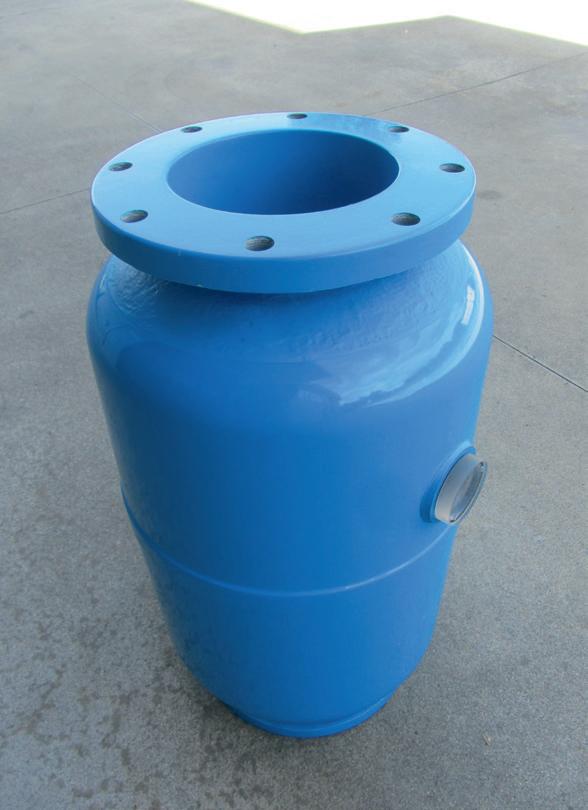
Easily insert fillings inside food casings
With Rheon machinery you can create your designer fillings – sauces, vegetables, condiments, pizza, cheese and insert them into meat, chicken, seafood, bread products, cookies, arancini and lots more.

MODELS TO SUIT ALL MANUFACTURERS, BOTH LARGE & SMALL
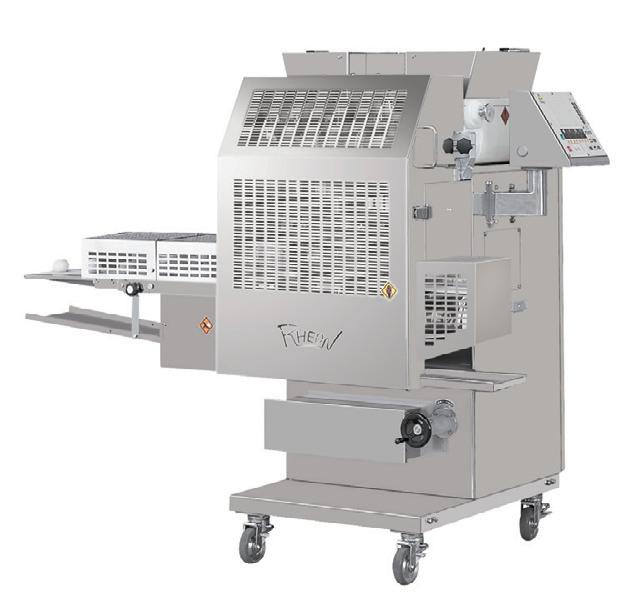

Phone: (61 2) 9939 4900 Email: ssyme@symetec.com C22/148 Old Pittwater Road, Brookvale NSW, Australia
www.symetec.com
Antimicrobial film for coronavirus protection
UniPrint’s antimicrobial film has recently passed certification that proves its efficiency in combating the viral load of coronaviruses. The characteristics of antimicrobial protective film were shown to reduce coronavirus viraemia by 95% after a contact of 15 min, and nearly 99.9% after a contact of one hour (compared to an untreated membrane).
The innovative antimicrobial film is made of clear cast PVC with a thickness of 60 µm. It contains antimicrobial agents that inhibit and neutralise the growth of microbes on its surface. This technologically advanced film has been tested by the Pasteur Institute and proven to quickly inhibit bacteria and coronaviruses, preventing their spread.
The antimicrobial film is smooth, waterproof, a non-irritant and compatible with a range of cleaning protocols. It is also resistant to most chemical agents, alcohol, diluted acids and oils. The antimicrobial activity can be maintained after 365 cleanings with water, alcohol and chlorine bleach.
The antimicrobial adhesive film is designed for antimicrobial protection of surfaces in the workplace, providing an easyto-install approach to high-traffic surfaces where hygiene protection is required. It is fully conformable with a matte finish.
It is suitable for indoor and outdoor use, and can be applied to any sign or printed material. The film can be used to provide protection for public areas, hospitals, public transport, gyms, aged care and offices. It is suitable for furniture (communal dining tables, reception benches and chairs), touch screens, counters, windows, equipment and any hightraffic/high-touch surface areas.
The antimicrobial film can be used as an added layer to coronavirus protection plans.
UniPrint Pty Ltd
www.uniprint.com.au
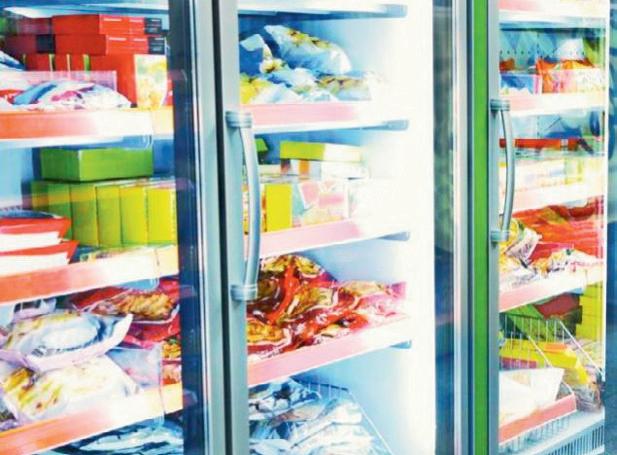

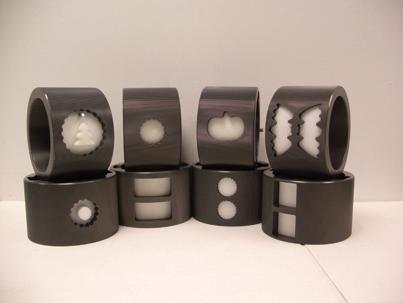


Arm-mounted human-machine interface
The Advantech SPC-800 series are arm-mounted human-machine interfaces (HMI). Featuring an integrated support arm system mount adapter and a customisable extension unit, these devices facilitate diverse visualisation and control applications.
With IP66-rated ingress protection and IEC 61131-2/61010 certification, the product is robust and suitable for operation in a wide range of industrial environments. The extension unit supports several peripherals and controls such as an RFID reader, key-operated selector switches, LED indicators, push buttons and emergency stop buttons.
The integrated mount adapter supports both pendant and pedestal mounting to enable good positioning and ergonomic control. Available in a 15″ or 21 ″ form factor, the SPC-800 series are ultra-slim (25 mm wide front bezel), lightweight and have a snap-fit design that allows for single-person installation, for easy deployment.
The SPC-800 series is equipped with a support arm mount adaptor that allows the system to be deployed outside the control cabinet. Cables are routed through the swing arm to an I/O wiring area that can be accessed without dismounting the device. This not only provides easy access to the power supply, Ethernet and USB ports, but also enables the use of standard connectors. The integrated mount adapter supports both CP 40 (Rittal) and CS-480 (Bernstein) suspension systems for pendant and pedestal mounting to enable good positioning and ergonomic control.
Advantech Australia Pty Ltd
www.advantech.net.au
Sensor for CIP processes
The Liquitrend QMW43 is the latest innovation designed to optimise the clean-in-place process by reducing time and resources consumption at each cycle.
Where manual inspections and longer cleaning cycles were usually adopted as safety margins at critical installation points, the Liquitrend QMW43 smart sensor is able to measure build-up and conductivity of pipes and tanks where cleaning is difficult. The flush installation stainless steel (316L) replicates the same condition as the inner side of pipes and tanks, giving a valid build-up reading before and after the cleaning cycle.
Combining capacitance and conductivity measurement, the sensor is able to identify not only chemicals but also different products inside pipes without the need for visual inspections or lab analysis to prevent incorrect mixing and reduce contamination risks.
With both analog outputs and IO-Link communication capabilities, full documentation and traceability can be easily achieved to ensure compliance and safety standards are met.
Endress+Hauser Australia Pty Ltd
www.au.endress.com
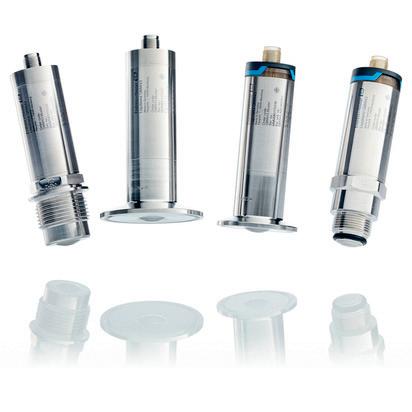

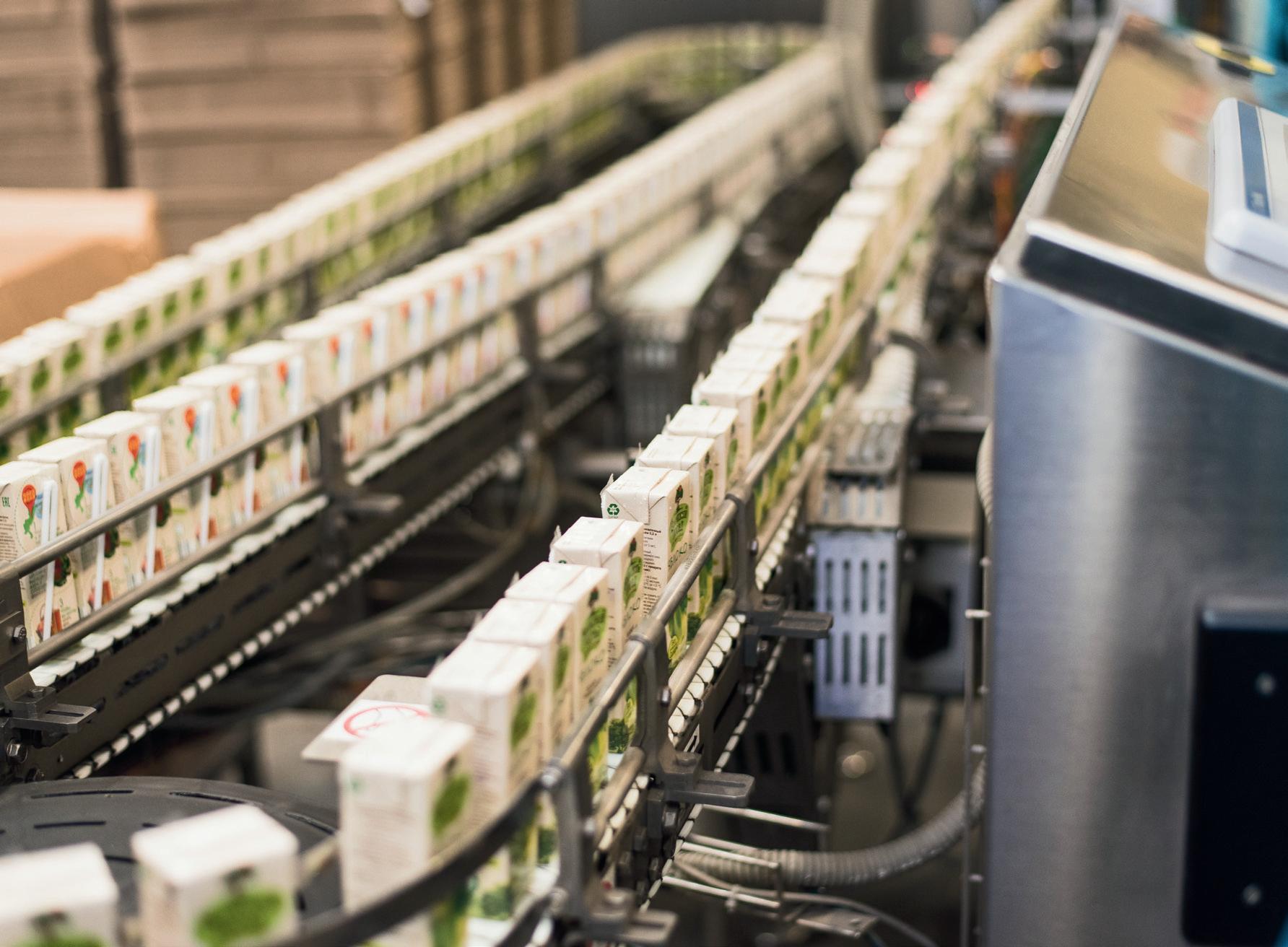
Monitor logistics data with Package Analytics to make informed decisions faster
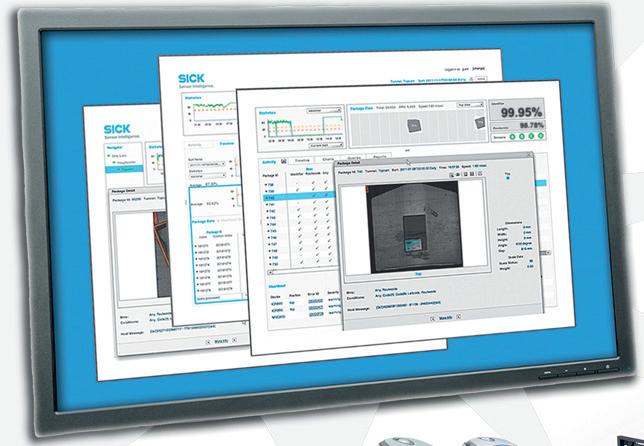
In high-volume distribution centres, sensors record and communicate thousands of pieces of logistics data every day, but the challenge is compiling and interpreting all that data. SICK’s Package Analytics software aggregates this data to help you visualise all SICK sensor data so you can make timely and informed decisions for your logistics operations.
From an individual package on a conveyor to an enterprise that processes millions of packages per day, Package Analytics software helps drive timely decisions in high-volume distribution centers with comprehensive, real-time performance monitoring. Unlike sortation vendor reports that show simple read rates, Package Analytics quickly retrieves comprehensive package data based on relevant characteristics. This software boosts the traceability, accuracy, and efficiency of your sortation operations.
Package Analytics software allows you to retrieve and analyse system performance information as well as the status of all recorded data with ease — from an individual package on the conveyor to an overview of the millions transported each day. This provides operators with direct access to the key variables for the materials flow, allowing them to understand and control these variables in a more appropriate way. The dynamic database solution simplifies the processes of monitoring, analysing, and creating reports, while images or videos of the packages can be pre-filtered and analysed with ease in line with predefined selection criteria.
High scalability and remote access Package Analytics software can record and visualise the barcode quality and read rate of an individual system. In addition, the highperformance client/server platform can be used across several systems on a single site or even networked over multiple locations. The service and support team offers exceptional system throughout without the hassle of a callout — the SICK Meeting Point Router (MPR) provides safe and reliable remote access worldwide to the systems and plants listed in the Package Analytics software. Key features and benefits • Ability to monitor, analyse and optimise all processes from individual identification systems to multi-site enterprises • Improved operating times thanks to rapid notifications and cause analysis • Simple image and data exchange to meet customer conformity requirements easily • Shorter response times with automatic notifications of ‘no reads’ or other unusual incidents • Inspections of package conditions to reduce liability claims and support cause analysis in the case of processing errors • Increased system performance thanks to exceptional visualisations of system operations Data gathered by intelligent sensors is full of rich information for your operations, but data is only as powerful as the analysis. Package Analytics makes sense of this valuable data to help you make decisions that increase productivity and efficiency.

SICK Pty Ltd www.sick.com.au
Magnetic separator range
GEA has expanded its Aseptomag magnetic separator range, with the manually switchable MAS H version, featuring a patented locking mechanism, and a pneumatically switchable MAS PA version for cleaning-in-place (CIP) processes. GEA’s Aseptomag magnetic separators enable customers in the food, pharmaceutical and chemical industries to improve product quality, prevent plant from damage and increase plant availability.
Magnetic separators prevent downstream production machines from damage by efficiently separating foreign particles. The magnetic separators remove metallic contaminants from products, thus preventing equipment damage and reducing the risk of production downtimes. Much like the basic version MAS B, the switchable type MAS H is cleaned ‘out-ofplace’. For this purpose the magnetic unit is removed from the housing for manual cleaning.
While the MAS B features a constant magnetic field, the MAS H magnetic field can be deactivated by a hand lever, so that the magnetic force on the rods is cancelled and the accumulated particles are released by themselves. A patented locking mechanism is designed to ensure that the magnetic force can only be released after the unit has been removed from the housing, and that the magnetic bars are again positioned in the product area when reassembling the unit.
The MAS PA can be fully integrated into automated processes. Prerequisites for this include standardised CIP processes and a bypass valve for the removal of foreign particles. A pneumatic actuator removes the magnetic debris from the product area without manual intervention; the accumulated particles are then automatically released from the bars and discharged into the product area.

GEA Australia www.gea.com
Automated hand hygiene systems
Handwashing has never been more topical than in these times of COVID-19. However, in the food and beverage processing sector, hand hygiene has always been one of the top priorities of food industry quality or production professionals. There is a great deal of documented studies and papers in relation to “best practice” methods for cleaning hands. Much of this has not changed for many years. Clean hands have always relied on the individual taking appropriate care and time to ensure a hygienic outcome. However, relying on everyone in a facility to take hand hygiene seriously and clean their hands to the same consistent and high standard can be difficult to achieve. The reality is some will wash for different lengths of time, use different amounts of soap, hot water and also how they use mechanical action to clean things like creases, nails and other parts of the hands. Inconsistent handwashing practices has also led us to an over reliance on alcohol-based hand sanitisers as a second line of defence.
Meritech, a US-based company specialising in automated handwashing systems, has taken the subjective nature out of washing hands with its range of Cleantech Automated Handwashing Stations. The technology is designed to use less water and reduce the time taken handwashing. Using compliance tracking, the system is claimed to ensure 100% consistent wash outcomes, with 99.9% of harmful pathogens removed, including COVID-19. The handwash stations are FDA approved and fully validated.
W R & D Wells (Wells Hygiene) is the exclusive distribution partner with Meritech USA for the Australian and New Zealand regions.
WR&D Wells Pty Ltd
www.wrdwells.com
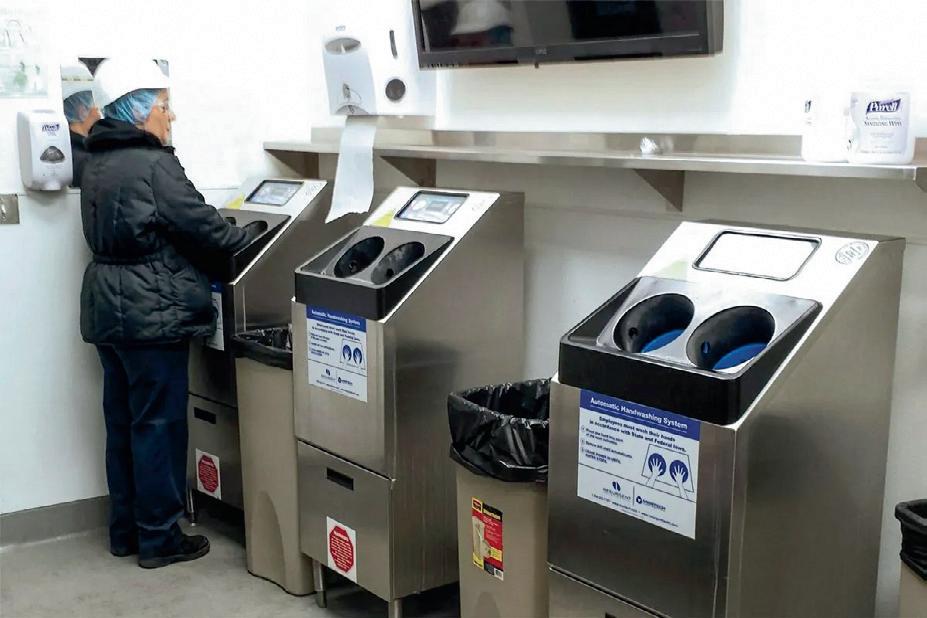
©stock.adobe.com/au/Aleksandr Matveev
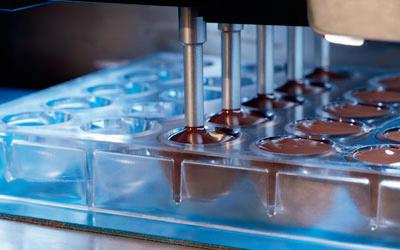
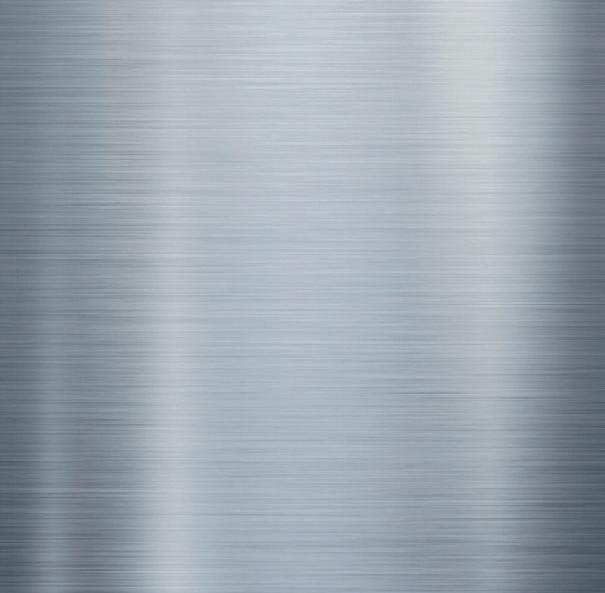
$9m raised to develop processbased AI solution
Based in Israel, Seebo has announced the completion of a $9 million funding round, led by Ofek Ventures, with the participation of Vertex Ventures, and existing investors Viola Ventures and TPY Capital.
The company will use the funding to further expand its global reach and continue enhancing its process-based artificial intelligence (AI) solution. The solution enables manufacturers to predict and prevent production losses and master complex production processes, which is designed to save costs for users.
There is a growing demand for the company’s AI solution, as manufacturers seek new ways to prevent losses and optimise their processes. Current users include Nestlé, Barilla, Mondelēz, Allnex and the Volkswagen Group.
Ofek Ventures partner Itay Rand said he was excited to be investing in the company. “Manufacturers today understand that in order to compete successfully they must adopt effective process optimisation capabilities, and there is a clear recognition that industrial artificial intelligence and a data-driven approach is fundamental to achieving that goal,” he said.
According to Lior Akavia, Seebo CEO and Co-Founder, in order to prevent losses and continuously master complex production processes, manufacturers need a technological solution that understands the unique complexity of the production lines, is scalable across various manufacturing lines and is easy for production teams to use.
The coronavirus (COVID-19) pandemic has also changed the face of manufacturing, with companies having to adapt to shifting customer demand. Manufacturers have faced supply chain disruptions, implemented new regulations for employees and moved towards optimisation of remote processes.
“The coronavirus pandemic has spurred a search for more efficient, effective ways to identify and prevent process inefficiencies overall — which lies at the heart of what Seebo does. Data-driven decision-making is critical in our new reality, as manufacturers must adapt quickly and implement changes effectively. Those manufacturers who meet this challenge today will gain a competitive edge in tomorrow’s marketplace,” Akavia said.

